My book advises designers to be intentional about the tools they choose and use to do the writing on their projects. For writing a book, a thing I’d never done before, I ran a few experiments to see if there was any good and smart tool I hadn’t tried before that would make it easier. I quickly learned that I didn’t want to use anything new. The book was not an experiment in tools. It was a job. I had work to do, so I went with what I was familiar with.
That’s now also the advice I give to people planning their own book projects:
- Write wherever you can write quickly.
- Keep notes however you’re used to keeping notes.
You’ve got a book to write; you don’t need a new part-time job as librarian or software developer or project manager, too.
It’s been a minute since I wrote the book, but I’ll run down everything I can remember using.
MindNode
MindNode has been my outlining and braindumping tool of choice for over a decade. It has a limited featureset and good keyboard control and lets me work quickly. I worked up various versions of the initial outline in MindNode, and would open it up here and there throughout the process to think through something or generate a detailed outline for a section or concept before trying to write it.
Byword
Byword on MacOS was my typewriter. It was the primary tool I used to produce the first complete draft of the manuscript. Byword is a plain text writing environment with Markdown support, which means that you are mostly just typing while you write (and not fiddling with margins and fonts and formatting and such).
I organized my draft as six plain text files: four chapters, the introduction, and resources. I also had a scratchpad file.
I ran ByWord fullscreen on a 13” MacBook Air I was carrying at the time. Fullscreen enables multiple tabs of ByWord on one screen, like tabs in a web browser. I opened the scratchpad document as my first tab, and then each chapter in order. This way, I could have my entire manuscript open at once without having to do too much scrolling. I mostly worked in a non-chronological order on the book, and would often find myself needing to move things from one chapter to another as the structure evolved.
Google Drive
I used Google Drive to draft the bullet-pointed, Table of Contents-style outlines that were part of pitching the book and refining the initial concept. I also used it whenever I needed to share something with someone, often copying as rich-text from Byword, pasting it in, and cleaning up as needed.
Google Drive was also how I coordinated marketing for the book, with a variety of spreadsheets and documents, and some light email automation in Gmail.
Dropbox
Dropbox was my safety net for the drafts and revisions. I kept all my text files in a Dropbox folder, which to this day are still inside a folder called “Digital Writing Book”. I didn’t have to think about Dropbox and that’s what I like about it.
Microsoft Word
I would prefer, personally, to never use Microsoft Word. I just don’t want it. But it was part of the revision and publishing process, and I used it as needed. The publisher provided a Word document with all of their styles and formatting conventions built into a template.
When my first draft was finished, I copied each chapter into Word as plain text from the text files. I then went through paragraph-by-paragraph to clean it up, apply styles, add bolding and do some light copyediting here and there. This sounds tedious but it really didn’t take long at all, maybe two hours for the whole book, and I found this vastly preferable to using Word during the initial writing process.
My editor and I collaborated on drafts in Word with comments and track changes.
Field Notes steno notebook
On one of my early writing sprints at Open Book I felt constrained by only being able to type my thoughts. I didn’t have a notebook with me so I popped into the gift shop and got a steno-style Field Notes that they had in stock. There were only a few options, so I decided to suffer Gregg-ruled paper (ugh) in exchange for the lay-flat top binding (yay!).
The notebook stayed with me throughout the rest of the writing process, and I only put things about the book in the notebook.
When I ran out of steam typing I would noodle a bit with pen and paper until I got unstuck, and then resume typing. It helped ideas flow more easily; whatever I was writing on paper wasn’t something I was committed to, which I think help relieved some pressure and helped ideas flow more easily.
I kept to-dos in the notebook, and would often make notes to myself about what I’d done on a certain date and what I wanted to do the next time I sat down to write. It helped to keep a conversation with myself about the book without those thoughts cluttering the actual draft.
